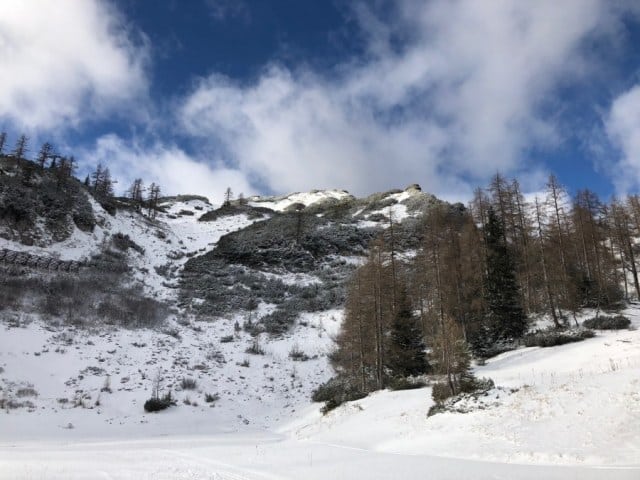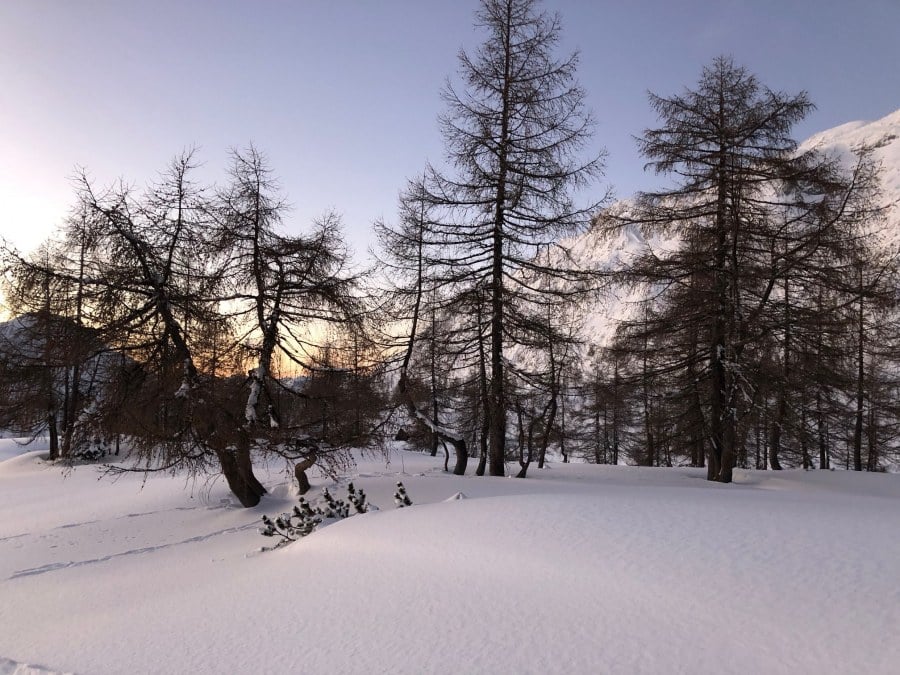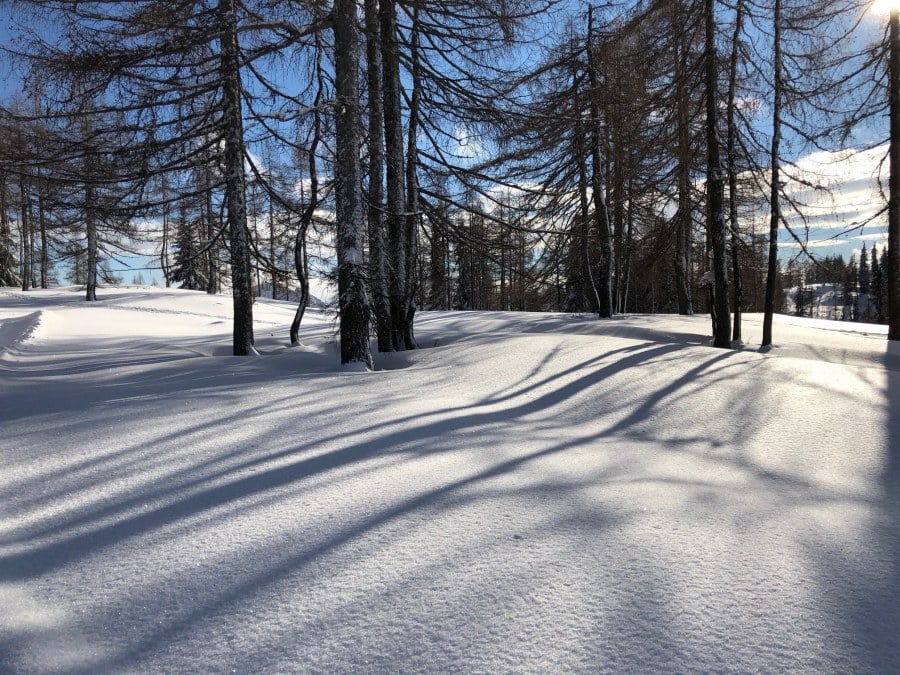The garden designer Peter Berg from Sinzig shows in a workshop how dry walls are created
Sinzig. “The most important part of my training is my own garden, which has always been my experimental field, source of inspiration and strength,” says Peter Berg. The Sinziger is a garden designer known far beyond the borders. He is regarded as an undisputed master of the modern European rock garden, as an experienced expert who juggles with rock and leaves plenty of room for the world of plants.
Nature, aesthetics, design are the world of the 62-year-old garden designer, who combines rough stone work with filigree planting techniques. Throughout Europe, Berg is on the move to pass on his expertise, which has long since penetrated the furthest corners of the continent. Now he invited them to his home. A five-day workshop was held in his home garden. Landscapers from Ireland, Austria, Northern Germany, Saxony and Bavaria came to learn in practice and theory how stone masterpieces can be created on a slope.
Peter Berg and his team of twelve had meticulously prepared the seminar. After all, the aim was not only to teach 18 workshop participants something, but also to make their stay in Westum pleasant. Some garden professionals came with basic knowledge and wanted to develop professionally, others had travelled privately to learn something for their own garden design.
Berg has laid out seven terraces on its 3000 square metre hillside property, which are connected by more than one hundred steps. Wine once grew there, today there are small viewing plateaus on the slope, seating areas with shelters, fireplaces, vegetable gardens and flower beds. Perennials and grasses provide additional eye-catchers.
The difference in height between Berg’s house and the end of the property is 40 metres. It takes a certain amount of courage to design such a site as a garden. For more than three decades, Berg has been active on his local mountain. Especially complex: stabilizing the soil.
The man from Sinzig, who laid the ground by hand at the Federal Horticultural Show in Koblenz or at the NRW State Horticultural Show in Zülpich and was also responsible for the Japanese garden landscape at the Arp Museum, uses graywacke and slate from the Moselle to build dry walls that are supposed to withstand the earth’s masses. These walls are up to one meter thick. The stones are piled up artfully, gaps are closed with native plants. In the quarry, Berg chooses the material that he will later use. Layer by layer is placed on top of each other, stone by stone is interlocked.
Berg shows his guests how this works in the workshop. One is visibly impressed there. It is hammered, cut to size, stacked and wrought. Berg gives tips, points out mistakes and gives advice on how to create a safe dry wall that is not threatened by collapse. “You only learn when you practice,” he says to the course participants, who gathered on one of the many viewing platforms after work to toast to what they had learned: Peter Berg had invited to the wine tasting.
Article in the General-Anzeiger, Friday, July 5, 2019
Author: Victor Francke / Photos: Gausmann



